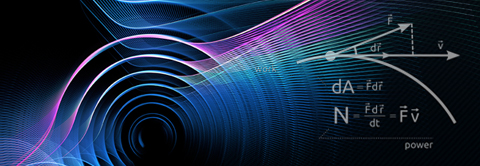Unexpected Electron-Pairing in Integer Quantum Hall Effect
2017.09.21 08:16
| 날짜 | 2017-09-22 16:00 |
|---|---|
| 연사 | |
| 장소 | E6-2. 1st fl. #1323 |
“Unexpected Electron-Pairing in Integer Quantum Hall Effect”
Dr. HyungKook Choi / Department of Physics, Chonbuk National University
Sep. 22 (Fri.), 04:00 PM
E6-2. 1st fl. #1323
Abstract:
Electronic interferometry has played a significant role in investigating some of the most fundamental and subtle issues of quantum physics, such as decoherence, entanglement and complementarity etc. Recently, we report on a novel phenomenon observed in an electronic Fabry-Perot Interferometer (eFPI) operating in the integer quantum Hall effect (IQHE) [1, 2], which revealed that the period of the Aharonov–Bohm (AB) oscillations drops by a half at bulk filling >2.5, accompanied by an interfering charge e*=2e. Although charge e is observed when the visibility is low, the single-particle interference is invariably fully dephased. Counterintuitively, the halved interference periodicity is determined by the area enclosed by the second-inner edge channel, separating the v = 1 and v = 2 regions, and not by the area within the outermost interfering channel. Such pairing is not observed in a Mach–Zehnder interferometer (MZI). A combination of an MZI and an FPI elucidates the role of the second-inner edge mode, as well as the formation of paired–electrons quasiparticles. The results suggest that a neutral chiral edge mode plays a crucial role in the pairing phenomenon. In this talk, I will briefly review the basics of electronic interferometry in the quantum Hall regime and then discuss about unexpected electron pairing.
[1] H. K. Choi et al., Nat. Commun. 6, 7435 (2015).
[2] I. Sivan et al., submitted to PRB







